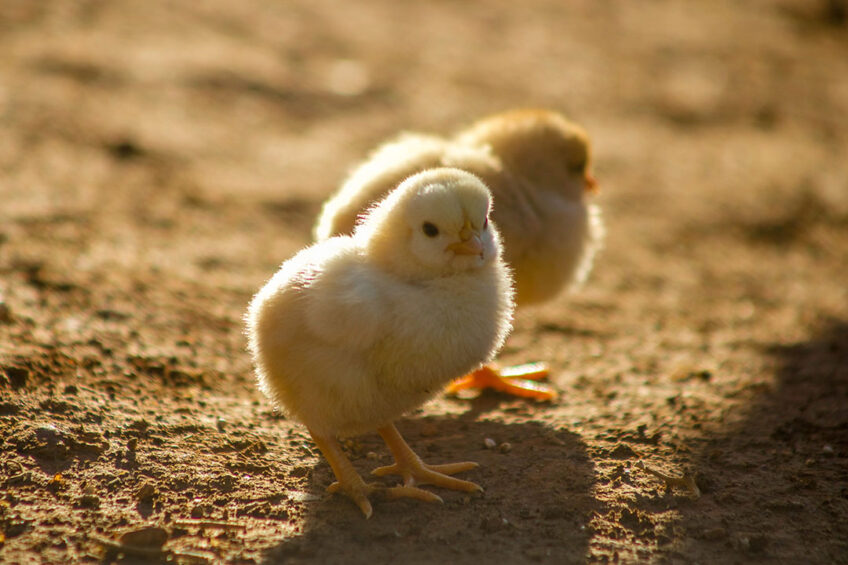Chick liver function studied for bird and human health

Researchers aim to improve poultry production by studying embryonic and newborn chicks. The long-term goal is to improve both animal and human health.
It is during the first week of life that a bird undergoes a dramatic metabolic switch from the fat-rich diet the embryos grow in, to a high carbohydrate diet. By understanding this metabolic transition, researchers can optimise nutrition to make that transition as smooth as possible, and gain insights into how the liver works to help prevent metabolic disease in other animals and humans.
“When you think about the egg, it basically consists of yolk, which is a ball of fat and proteins, surrounded by the egg white,” says research team leader, Nishanth E. Sunny, assistant professor in Animal and Avian Sciences (ANSC) at the University of Maryland. “So, when an embryonic chicken is in the later stages of development inside the egg, it relies on the egg yolk for energy and rapidly accumulates fat in the liver. Why that is interesting is that accumulation of fat in humans and other mammals […] is related to metabolic disease. But in embryonic chickens, they never seem to develop these issues. They are very efficient in using the yolk lipids, metabolising it, and generating energy,” says Sunny. “From a liver perspective, we want to know how the mitochondria in these embryonic and newly hatched chickens are able to take on all that fat or lipid overload and use it efficiently without any associated abnormalities.”
If we understand what the liver is doing, Sunny says, we can use nutritional or pharmacological approaches to fine-tune that transition and learn more aspects of how the liver works to prevent and treat metabolic disease in humans and other species.
Incubation system hardly affects broiler performance
Egg incubation is the first step in the broiler production chain, so full control throughout this industrial process is crucial for achieving satisfactory embryo development. During growout the incubation system hardly influences performance. Find out more…
Working alongside Sunny is Tom Porter, a professor in ANSC. He states that the metabolic switch from embryos to hatchlings has implications for the welfare of the chick, as well as its growth potential.
“About 1-2% of chicks are given everything they need post-hatch, but they just never grow,” says Porter. “While that sounds like a small amount, when you think of the scale of the industry, this translates to millions of birds a year that could be performing much better, but instead aren’t really growing even with the same amount of feed, time, and resources.”
According to the USDA, over 9 billion birds were produced in 2019, which means upwards of 90 million birds are affected each year.












